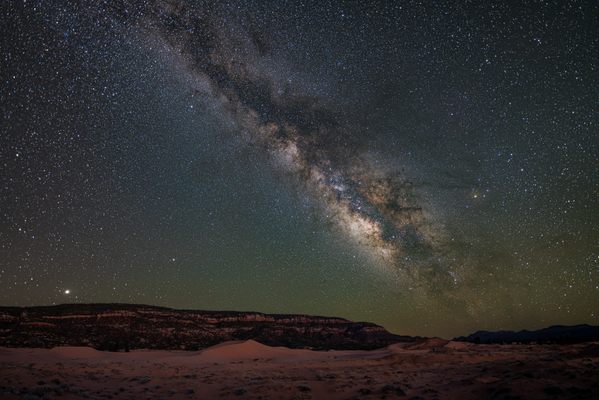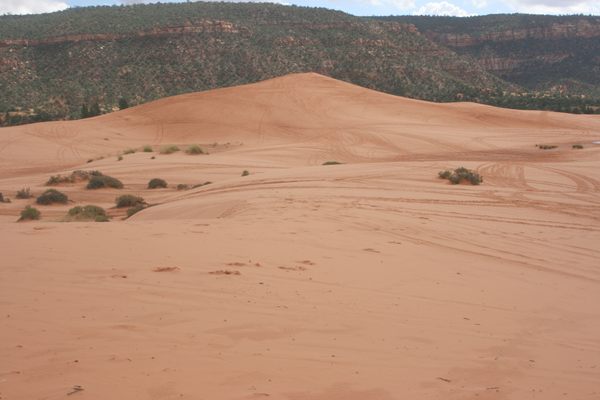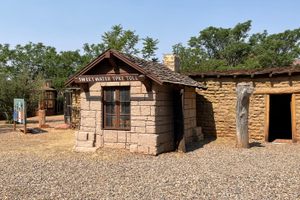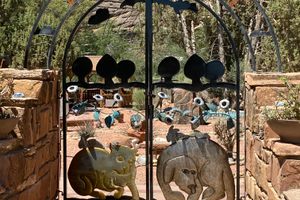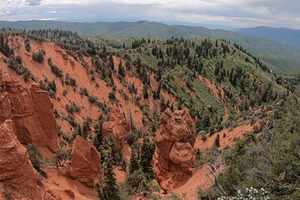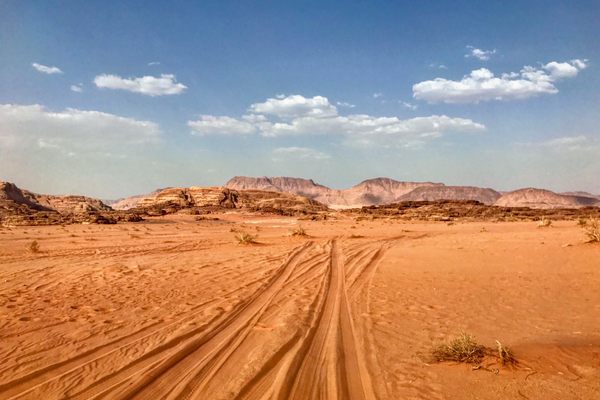About
Although overshadowed by the famous national parks in the vicinity, this Utah state park is also worth a visit. Sand dunes are unusual in this part of the Colorado Plateau, and the orange-pink color of the sand here is a sight to behold. The sand is recycled from erosion of the Navajo Sandstone, with the distinctive color coming from iron oxide minerals in the sandstone.
That accounts for the unusual sand, but why is it gathered into a dune field? A gap in the hills to the south funnels the prevailing southerly wind to where it can mobilize the sand, and then the sand is deposited as the wind spreads and slows beyond the gap.
The area hosts several organisms found nowhere else. The Coral Pink Sand Dunes tiger beetle occurs only in the dunes and was proposed for "endangered" status, as it is vulnerable to motorized activities. However, banning motorized travel from the core of its habitat seems to have stabilized its numbers.
The dunes are also one of four places where the threatened Welsh's milkweed occurs. Finally, the range of the Kanab yucca is roughly a 20-mile radius centered on the dunes. This plant, however, is available as an ornamental for planting, which provides an unusual hedge against its extinction.
The Coral Pink Sand Dunes have also provided the setting for several movies.
Related Tags
Know Before You Go
The park is well-signed off US-89. Sand Dunes Road (County Rd. 43) intersects US-89 about 3.5 miles south of the Mt. Carmel junction (the junction of US-89 and Utah State Route 9). Turn right and follow this road about 12 miles; the sand dunes will be on the left.
Coming from Kanab, the intersection of Hancock Road with US-89 is about 8.1 miles north of the intersection of US-89 and US-89A in Kanab. Turn left on Hancock Road and follow it 9.3 miles to its intersection with the Sand Dunes Road, about a mile north of the edge of the park.
Large parts of the dunes are still open to motorized recreation; hikers should take care accordingly.
Community Contributors
Added By
Published
September 7, 2022
